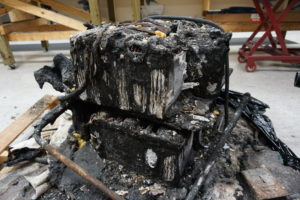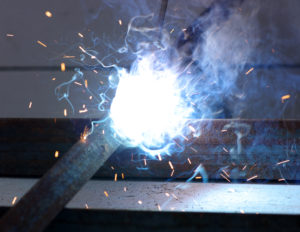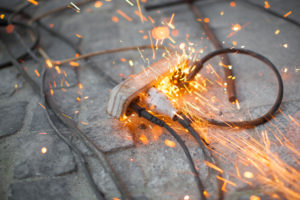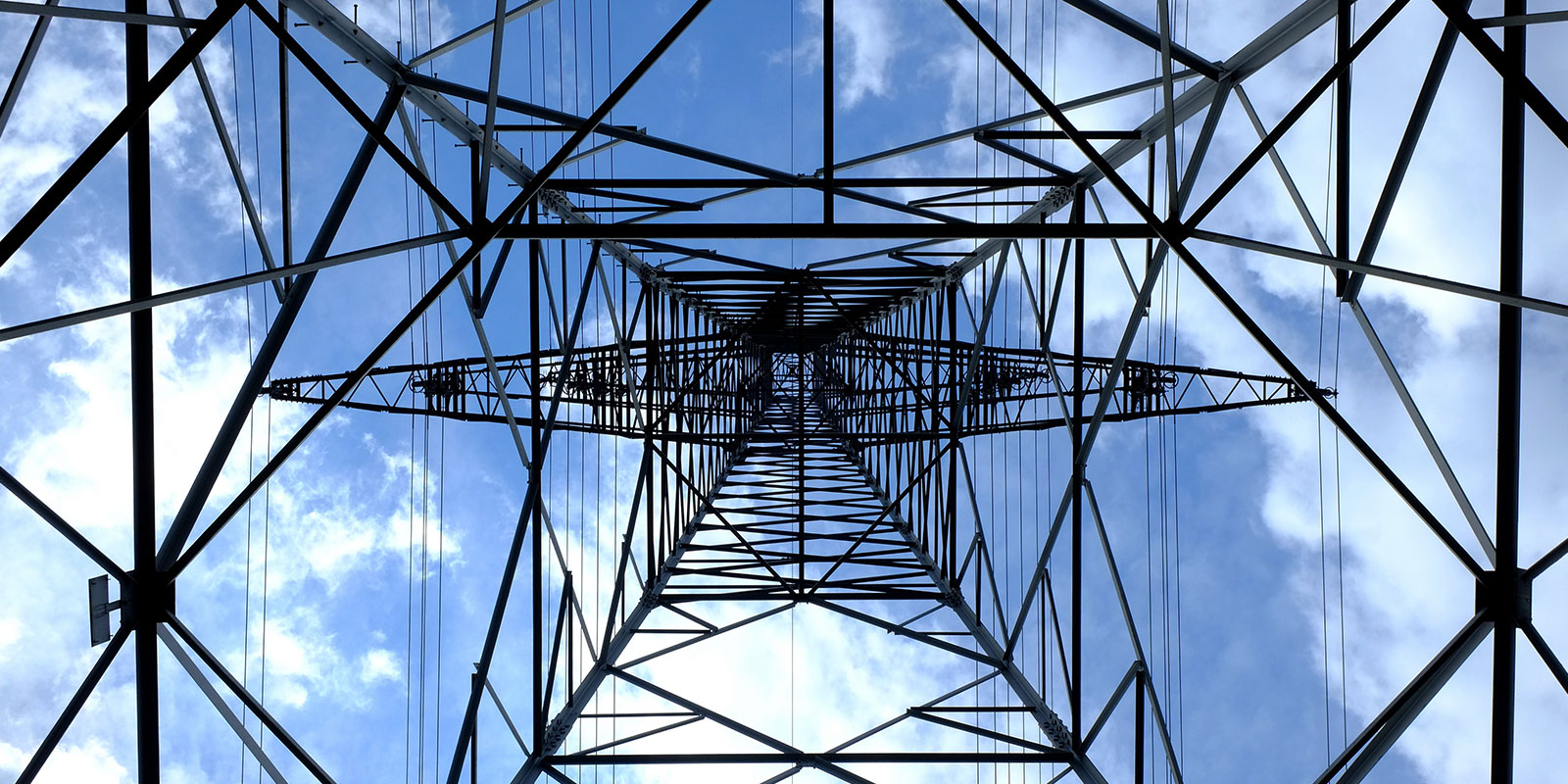What is a forensic electrical investigation?
In general, forensic engineering investigations involve the correlation of physical evidence with scientific theory and practical experience to objectively answer questions of fact. A forensic electrical investigation may be necessary when an electrical failure, fire, or suspected arson occurs. The investigation typically seeks to determine the cause and origin of the electrical failure or fire, the extent of resulting damage, and appropriate remedial measures. Forensic electrical engineers are commonly retained by parties who seek solutions to these problems.
Why is a forensic investigation important?
A proper forensic electrical investigation will first and foremost involve documentation of existing conditions and preservation of evidence. The sooner the better with regard to site access – both the quality and quantity of evidence tend to diminish with time removed from an event. While experience does aid in evidence collection in terms of identifying important pieces of evidence, the prudent practitioner will keep an open mind and consider many potential causes of an accident or failure. Considering the evidence at hand, engineers will form hypotheses regarding these causes, and then test the hypotheses through engineering analysis and experimentation. Ultimately, defensible conclusions will be reached through this scientific method to answer the client’s question(s).

As a forensic electrical engineer, how do you become involved in an investigation?
Forensic electrical engineers are frequently called upon by facility owners/managers, insurance companies, and attorneys to resolve issues associated with electrical accidents involving shock or electrocution, as well as equipment failures and fires. Arson commonly needs to be considered as a potential cause of a fire, and a forensic electrical engineer can investigate that, and also whether the cause was electrical in nature. Nelson’s forensic electrical engineers generally investigate four major types of incidents involving electrical activity: bodily injury, property or equipment damage, design and/or construction defects, and business interruption.
What kind of bodily injury can happen in an electrical accident?
The four common types of injuries related to electrical accidents are: electrocution, electric shock, burns, and falls. With electrocution or electric shock, contact with an electrical source is involved. In electrical terms, the difference between electrocution and shock is simple. A person who is shocked lives to tell about it. A person who is electrocuted is not that fortunate. The human body is conductive, and for that reason it is not the voltage that is dangerous; but it is the current, or amperes, that do the harm. The severity of injury from electrical shock depends on the amount of electrical current and the length of time the current passes through the body. An electrical accident involving less than 100 milliamps (1/10th of one ampere) can be fatal. For example, grabbing onto an energized household wire with one hand while the other hand is holding onto something firmly grounded for more than 2 seconds can cause a lethal dose of current flow across the heart that can result in heart fibrillation, unconsciousness, and eventual death.
Thermal burns to the body can occur if one is in close proximity to an arc flash and not wearing the proper personal protective equipment. A sudden jolt from a shock to the body can cause one to lose balance and fall from a ladder, scaffold, or other elevated place.
What exactly is an arc flash?
An arc flash is the result of a rapid release of energy due to an arcing fault (short circuit) between a phase conductor and another phase conductor, or between a phase conductor and ground. The massive energy discharge burns the phase cables, vaporizes the copper or aluminum conductor, and produces a concussive force upwards of 2,000 pounds per square foot.
In simple terms, arc flash happens when electric current flows through an air gap between conductors. Arc flash accidents can be caused by touching an electrical test probe to the wrong surface, equipment failure, equipment with substandard parts, improper installation, or wear and tear. Even dust, corrosion, condensation, and other impurities on the surface of the conductor can cause an arc flash.

How does an arc flash compare to a lightning strike?
Although the voltage in an arc flash is relatively low (ranging from a few hundred to a few thousand volts) when compared to a lightning strike (ranging from tens of millions to as high as one billion volts), their currents are much closer in range, from a few thousand to tens of thousands of amperes. An arc flash can produce heat as high as 35,000 degrees Fahrenheit, or three and a half times the heat of the surface of the sun. The air around a lightning bolt is superheated to about 54,000 degrees Fahrenheit, or five times hotter than the sun! An arc flash can also produce a concussive force upwards of 2,000 pounds per square foot, enough to knock a person through a wall, not to mention the deafening sound that can reach 140 decibels (as loud as a gun). In the case of lightning, this sound is the thunder. An arc flash will vaporize copper or aluminum and can send molten objects flying. If a nearby person is wearing non-arc-rated clothing and is in close proximity to an arc flash event, this clothing can burn and melt into the skin.
Besides arson and fire cases, what kind of property damage do you see?
Nelson’s forensic electrical engineers evaluate property damage caused by unbalanced electrical loads, power surge, and explosion. A 5% imbalance in voltage on a three-phase system can cause the heat in a three-phase motor to increase by 50%. Every 10 degree rise in temperature halves the life expectancy of the motor insulation. For a motor operating with a 5% voltage imbalance, this machine will reach less than 5% – 10% of its life expectancy. The power surge on a distribution system from a lightning strike can wreak havoc on common electrical equipment, especially everyday electronic components which have low tolerance to voltage and current fluctuation. It only takes an electrical spark or static charge to ignite a concentration of gas or dust particles, resulting in an explosion.

What can you do to protect yourself from electrical hazards?
For the workplace, the Occupational Safety and Health Administration (OSHA) provides standards to help one avoid injury (or worse) and recognize and react to hazardous conditions. Ensure that anyone performing work on an electrical system is properly trained and qualified. Appropriate personal protective equipment (PPE) should always be used, such as:
- flame-resistant (FR) clothing;
- hard hats;
- safety glasses;
- safety shoes;
- insulating (rubber) gloves with leather protectors.
When at home and at the workplace, keep it simple and use common sense:
- Turn off equipment and appliances when not in use,
- Unplug electrical equipment and appliances by pulling the plug rather than the cord;
- Check electrical cords for damage prior to use. Do not use cords which exhibit exposed wires, tearing, or deformed plug blades;
- Do not overload electric outlets with too many items plugged in at once;
- Remember that water and electricity do not mix – do not handle electricity with wet hands or when otherwise in contact with water;
- Contact a qualified electrician prior to performing any electrical work;
- Stay away from power lines, particularly when they are down. Contact your electrical service provider immediately if a power line is hanging low or found to be on the ground.
For more information contact Jamie Milks, P.E.

